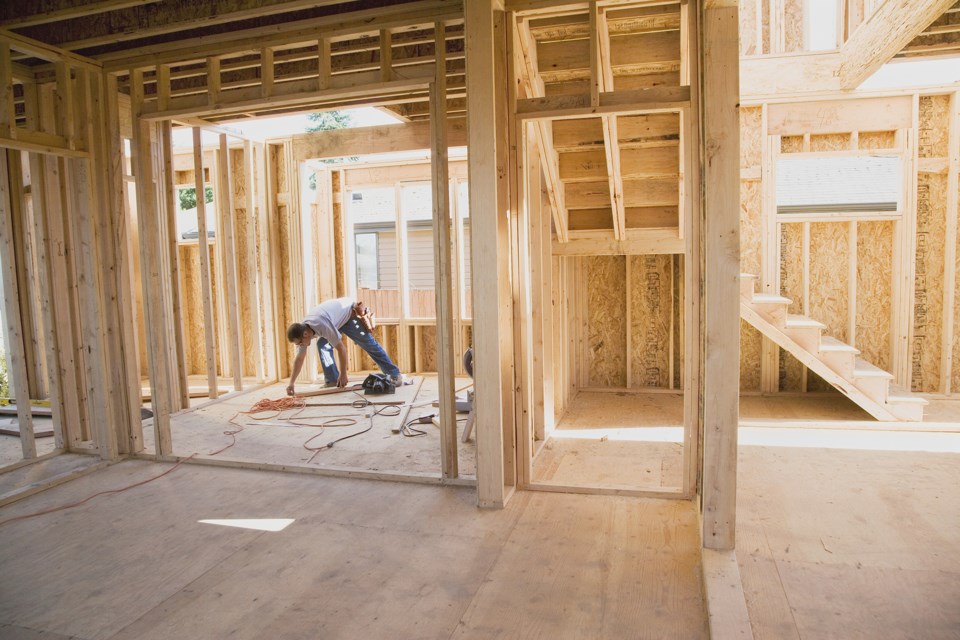CARSTAIRS - A recently-released growth study commission by the Town of Carstairs provides a framework to support administration and council in making decisions to accommodate projected growth in the municipality over the next 25 years.
Presented during the recent, regularly-scheduled council meeting, the study’s findings project the town will need more than 4,700 new housing units by 2050.
“Building on the municipal development plan, the study supports decision-making that considers economic, social and environmental impacts, ensuring the town grows in a way that enhances quality of life for current and future residents,” the report states.
The study is a tool to support informed choices in key areas such as day-to-day decision on development and land use, long-term planning of land supply for growth, extension and expansion of infrastructure, expansion of services, and areas of investment.
The study projects land needs through the needs associated with a high growth scenario in town, which anticipates a total population of 17,531 in 25 years time. According to the 2024 census, the town’s current population is about 5,300.
“Assuming the trend in average household size remains the same, this will require an additional 4,740 new housing units to accommodate the projected growth.”
Planned growth areas are anticipated to accommodate 1,674 housing units based on direction within current area structure plans.
“This number is lower than the total number of housing units identified within the collective ASPs, however there are existing planned growth areas that have not had any activity in over 10 years, based on municipal servicing constrains that make development cost prohibitive.”
The town has 82.2 hectares of developable land available to accommodate residential development.
“Most of the remaining vacant, unplanned lands have varying degrees of constraints that limit their develop-ability, reducing their effectiveness to accommodate growth. Based on the project housing growth relative to the planned growth areas, there is housing deficit of 3,066.”
The town has 124.2 hectares of planned and 204.8 hectares of unplanned non-residential areas within its current boundary.
Regarding land needs, the study recommends planning for a 25-year supply of land for future growth, “focusing on accommodating the high growth scenario and ensuring the medium density target is achieved as a minimum, to maximize the capacity of the internal land supply.”
To achieve the 25-year land supply, the town requires 134.2 hectares to accommodate the projected high growth scenario, which roughly translates to two quarter sections of land.
The complete growth study, which was accepted by council as information, is available for viewing on the town’s website.



